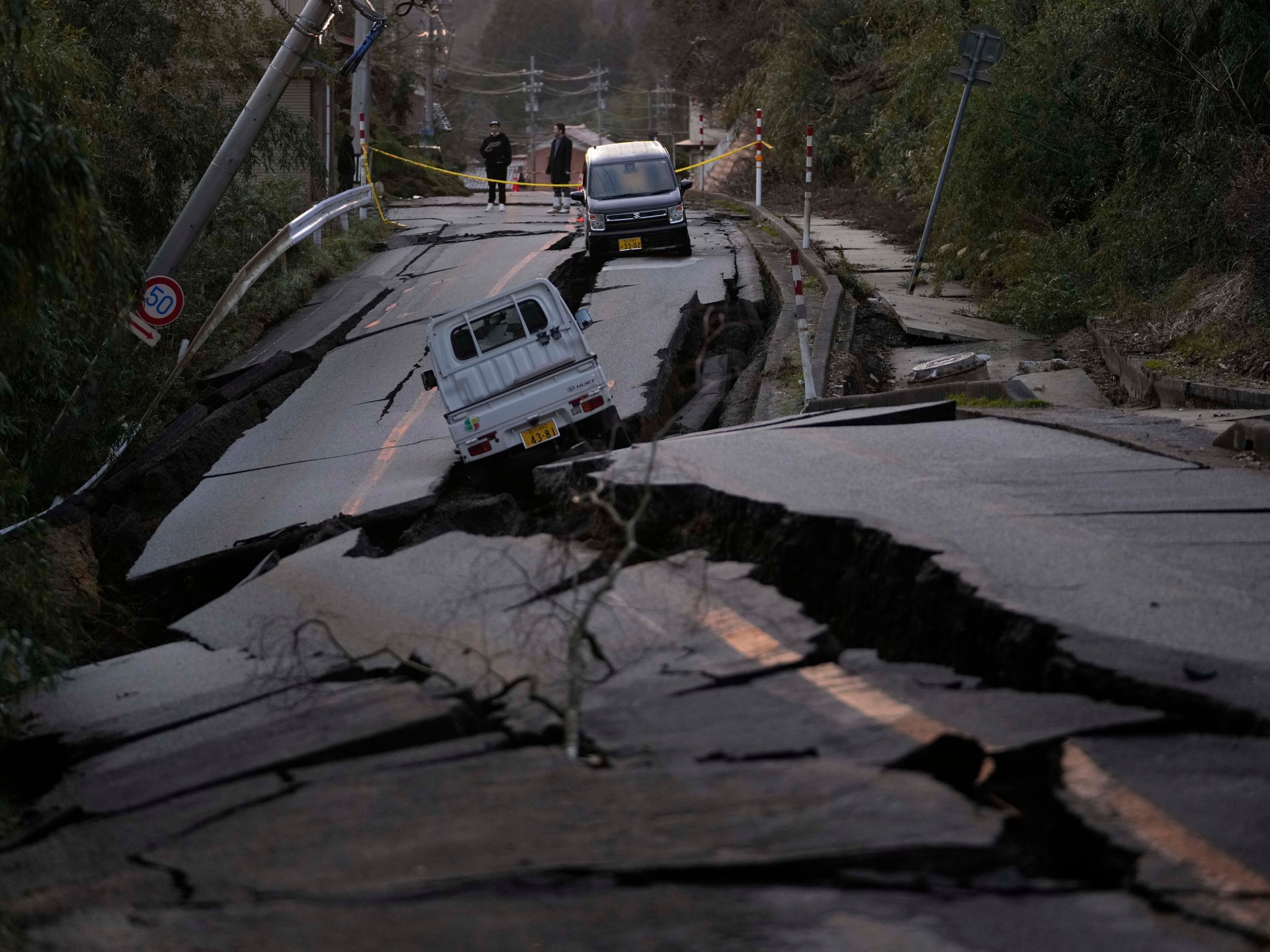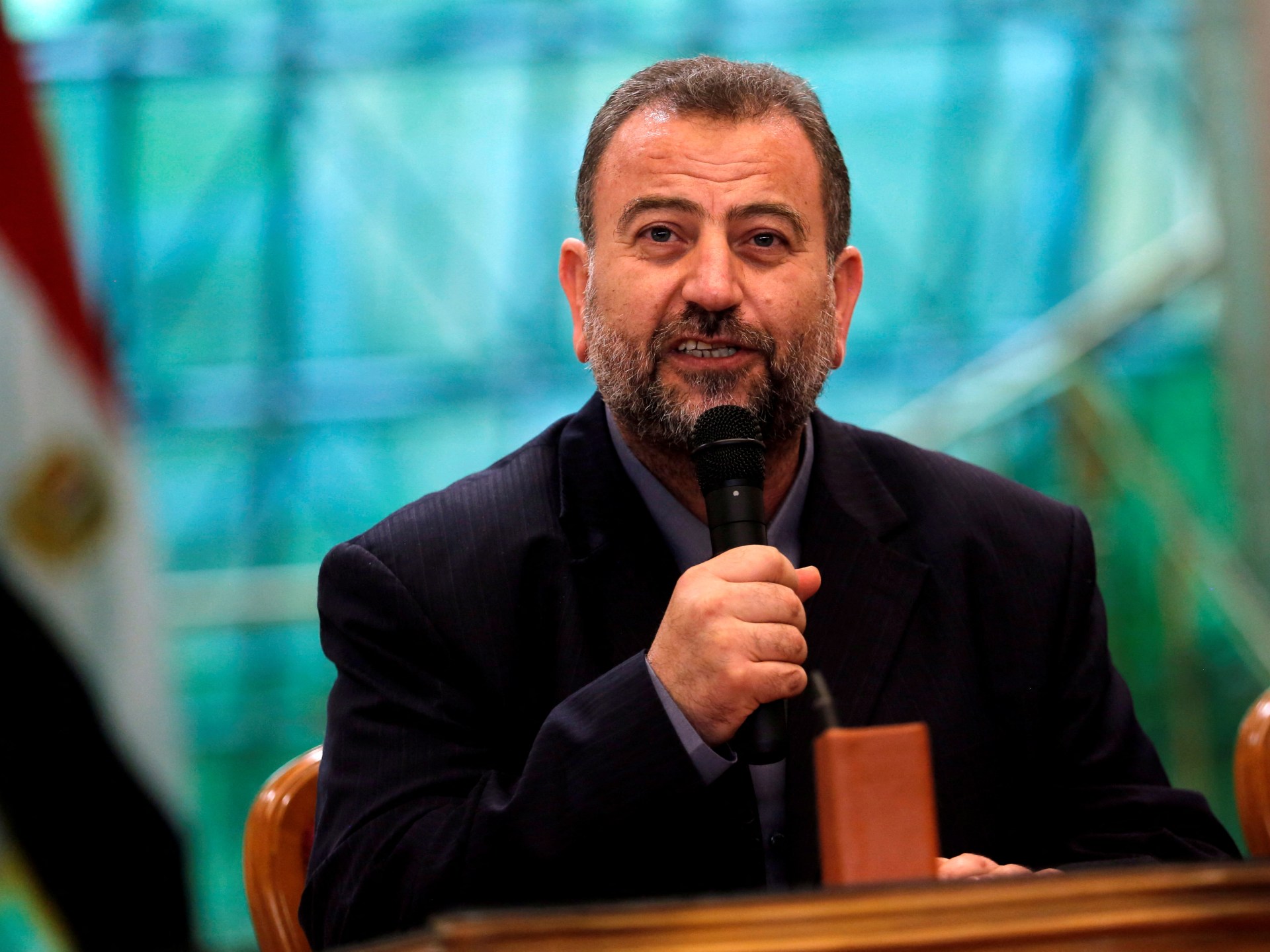The storming of a north Kosovo monastery has thrown attention on persistent trouble in the ethnic Serbian-majority region 15 years after Pristina declared independence.
Here are key facts about the unrest.
What’s behind the friction?
Independence for ethnic Albanian-majority Kosovo came on February 17, 2008, almost a decade after an uprising against Serbian rule.
It is recognised by more than 100 countries.
Serbia, however, still formally deems Kosovo to be part of its territory. It accuses Kosovo’s central government of trampling on the rights of ethnic Serbs but denies accusations of whipping up strife within its neighbour’s borders.
Serbs account for 5 percent of Kosovo’s 1.8 million people, and ethnic Albanians about 90 percent. Some 50,000 Serbs in north Kosovo, on the border with Serbia, vent their rejectionism by refusing to pay the state utility for energy they use and often attacking police who try to make arrests.
All of them receive benefits from Serbia’s budget and pay no taxes either to Pristina or Belgrade.
 A police officer stands guard in the aftermath of a shooting in Kosovo [Ognen Teofilovski/Reuters]
A police officer stands guard in the aftermath of a shooting in Kosovo [Ognen Teofilovski/Reuters]
What’s made the situation worse?
Unrest in the region intensified when ethnic Albanian mayors took office in northern Kosovo’s Serb-majority area after April elections the Serbs boycotted, a move that led the United States and its allies to rebuke Pristina.
Last December, Serbs in north Kosovo erected multiple roadblocks and exchanged fire with police after a former Serb policeman was arrested for allegedly assaulting police officers during a previous protest.
But tensions had been ticking upward for months in a dispute over car licence plates. Kosovo has for years wanted Serbs in the north to switch their Serbian licence plates, dating to the pre-independence era, to ones issued by Pristina, as part of its policy to assert authority over all of Kosovo’s territory.
Last July, Pristina announced a two-month window for the plates to be switched over, triggering unrest, but later agreed to push the implementation date back to the end of 2023.
Ethnic Serb mayors in northern municipalities, along with local judges and 600 police officers, resigned in November last year in protest at the looming switch, deepening dysfunction and lawlessness in the region.
What do the Serbs ultimately want?
Serbs in Kosovo seek to create an association of majority-Serb municipalities operating with considerable autonomy.
Pristina rejects this as a recipe for a mini-state within Kosovo, effectively partitioning the country along ethnic lines.
Serbia and Kosovo have made little progress on this and other issues since committing in 2013 to a European Union-sponsored dialogue aimed at normalising ties – for both a requirement for EU membership.
What are the roles of NATO and the EU?
The transatlantic NATO military alliance retains 3,700 peacekeeping troops in Kosovo, the remainder of an original 50,000-strong force deployed in 1999.
The alliance says it would intervene in line with its mandate if Kosovo were at risk of renewed conflict. The EU Rule of Law Mission in Kosovo (EULEX), begun in 2008 to train domestic police and crack down on graft and gangsterism, retains 200 special police officers in Kosovo.
What is the latest EU peace plan?
US and EU envoys are pressing Serbia and Kosovo to approve a plan presented in mid-2022 under which Belgrade would stop lobbying against a Kosovo seat in international organisations including the United Nations.
Kosovo would commit to forming an association of Serb-majority municipalities.
And both sides would open representative offices in each other’s capitals to help resolve outstanding disputes.
But talks on normalising relations between the two former foes stalled last week, with the EU blaming Kosovo’s Prime Minister Albin Kurti for failing to set up the association of municipalities.
Kurti, who had agreed such an association should have only limited powers whose decisions could be overruled by central government, accused the EU mediator of siding with Serbia to pressure him to implement only one part of the deal.
Serbia’s president appears ready to approve the plan, warning recalcitrant nationalists in parliament that Belgrade will otherwise face damaging isolation in Europe.
But with nationalist hardliners powerful on both sides, not least among north Kosovo Serbs, no breakthrough is on the horizon.
What’s at stake for the local Serb population?
The area of north Kosovo where Serbs form a majority is in important ways a virtual extension of Serbia. Local administration and public servants, teachers, doctors and big infrastructure projects are paid for by Belgrade.
Local Serbs fear that once fully integrated within Kosovo, they could lose benefits such as Serbia’s free public healthcare and be forced onto Kosovo’s private healthcare system.
They also fear pensions would be smaller, given that the average monthly pension in Kosovo is worth 100 euros ($107) compared with 270 euros ($288) in Serbia.

 Movie
Movie 7 months ago
163
7 months ago
163 






![Presidents Day Weekend Car Sales [2021 Edition] Presidents Day Weekend Car Sales [2021 Edition]](https://www.findthebestcarprice.com/wp-content/uploads/Presidents-Day-Weekend-car-sales.jpg)



 English (United States)
English (United States)